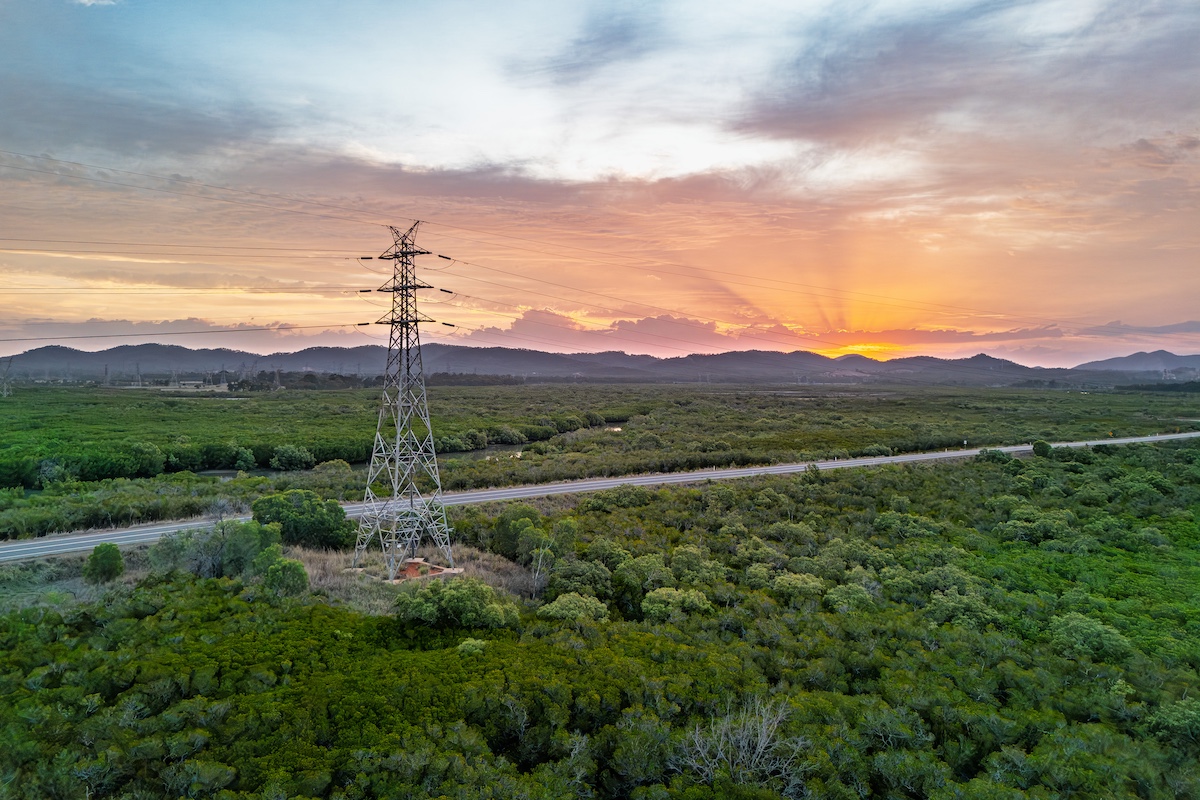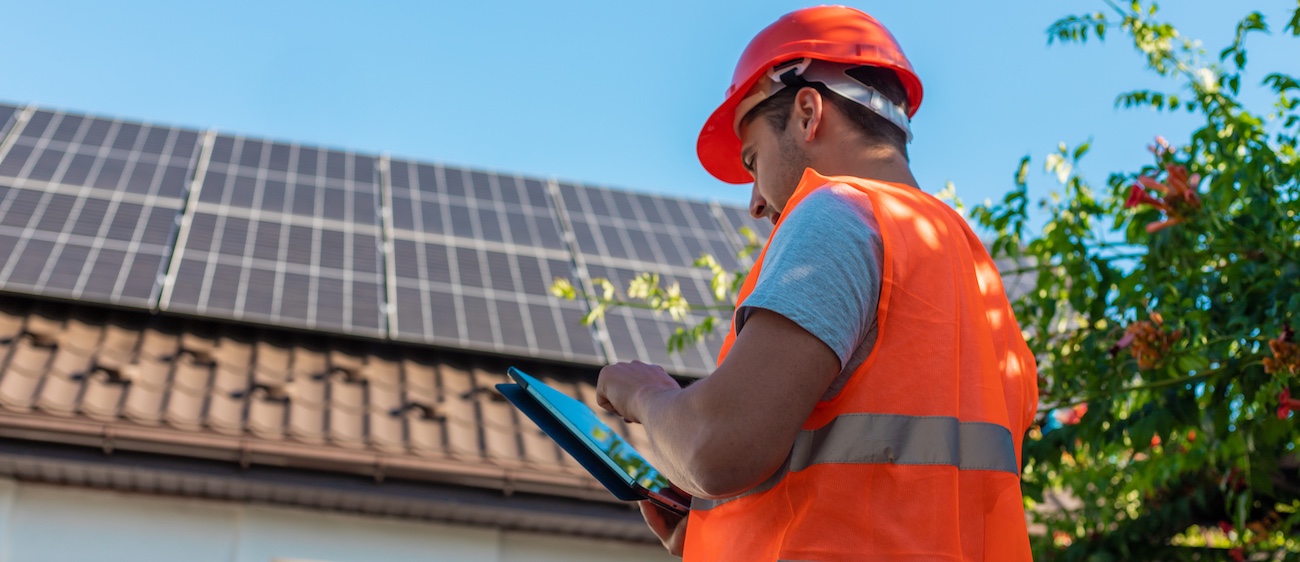Export Powerhouse: Australia’s $333 billion opportunity
Green exports could grow to almost triple the value of existing fossil fuel exports by 2050
September 2021
As the world decarbonises, our $128 billion fossil fuel industry is at risk
Australia’s fossil fuel export profile is highly exposed to demand collapse as the world rapidly pivots to a zero-emissions future. Current climate targets of Australia's key trading partners will wipe $128 billion a year off Australia's exports unless we invest in alternatives. The good news is, Australia is well positioned to pivot our export strategy and capitalise on green export market trends.





.jpg)





%201.webp)

